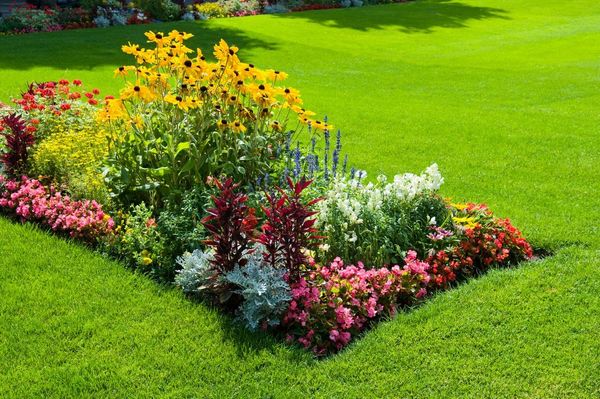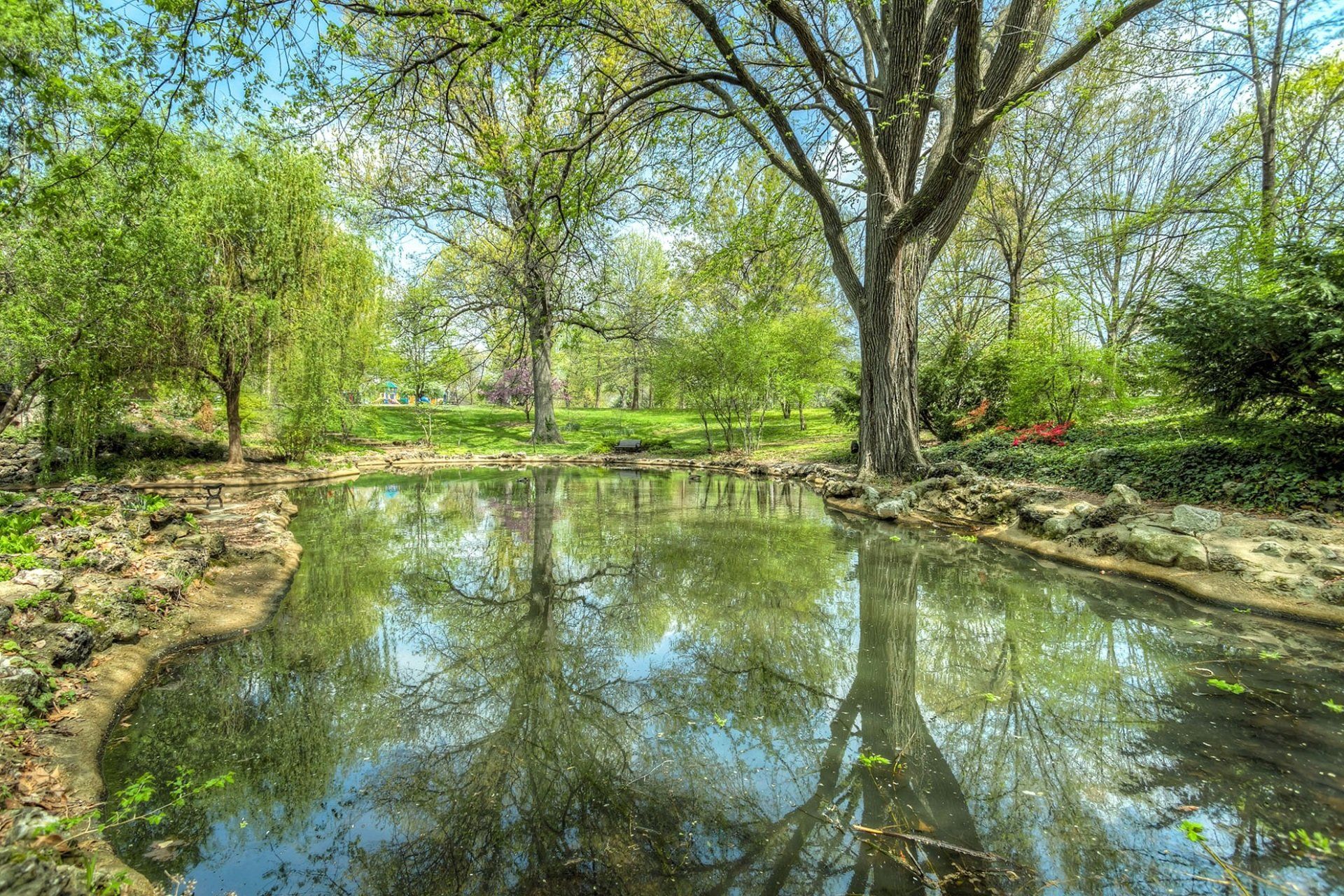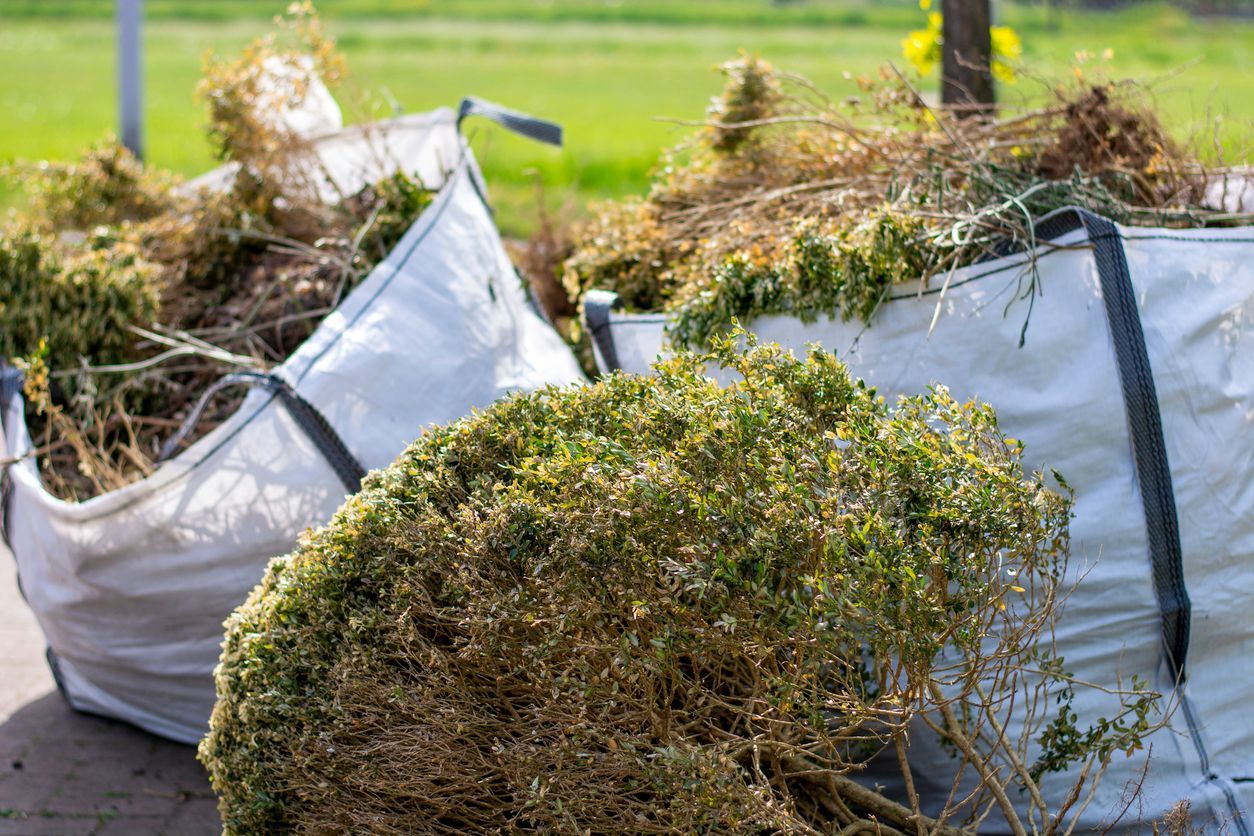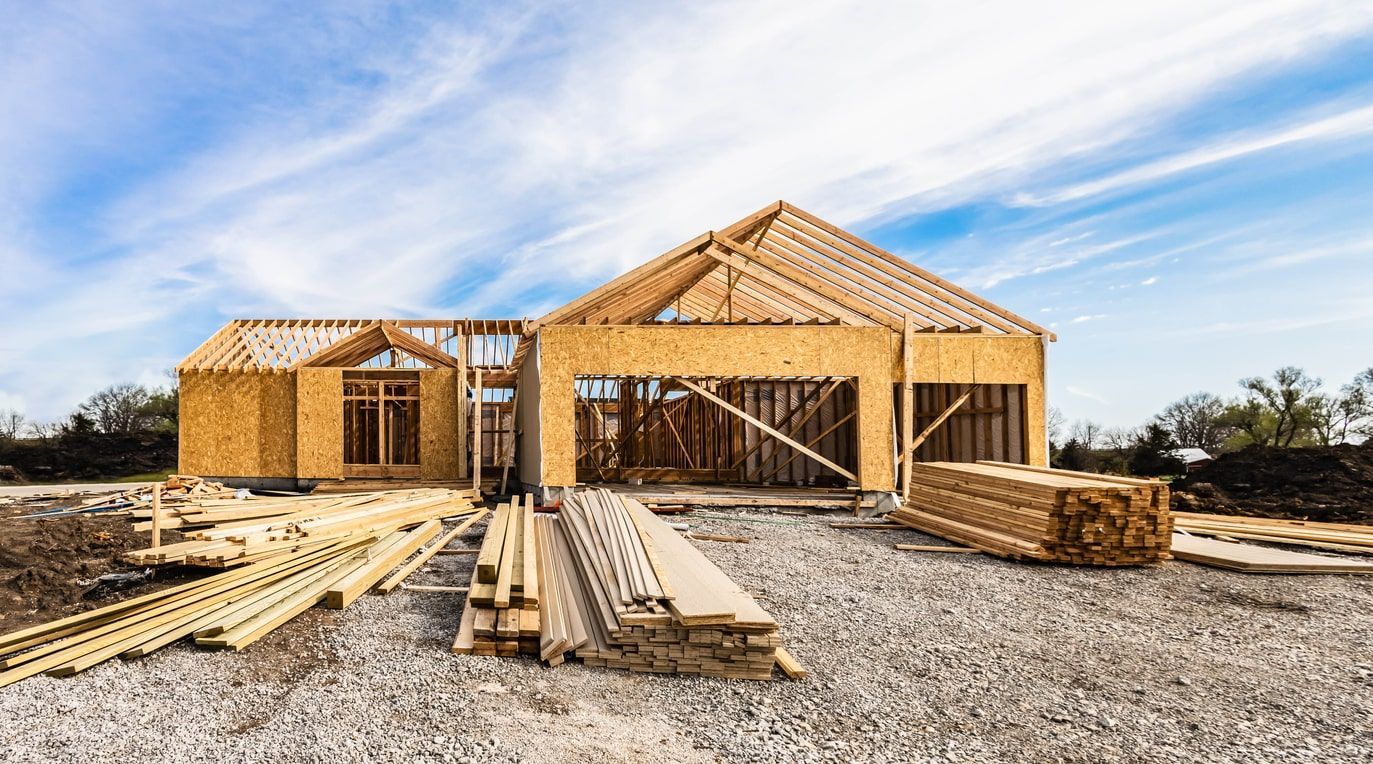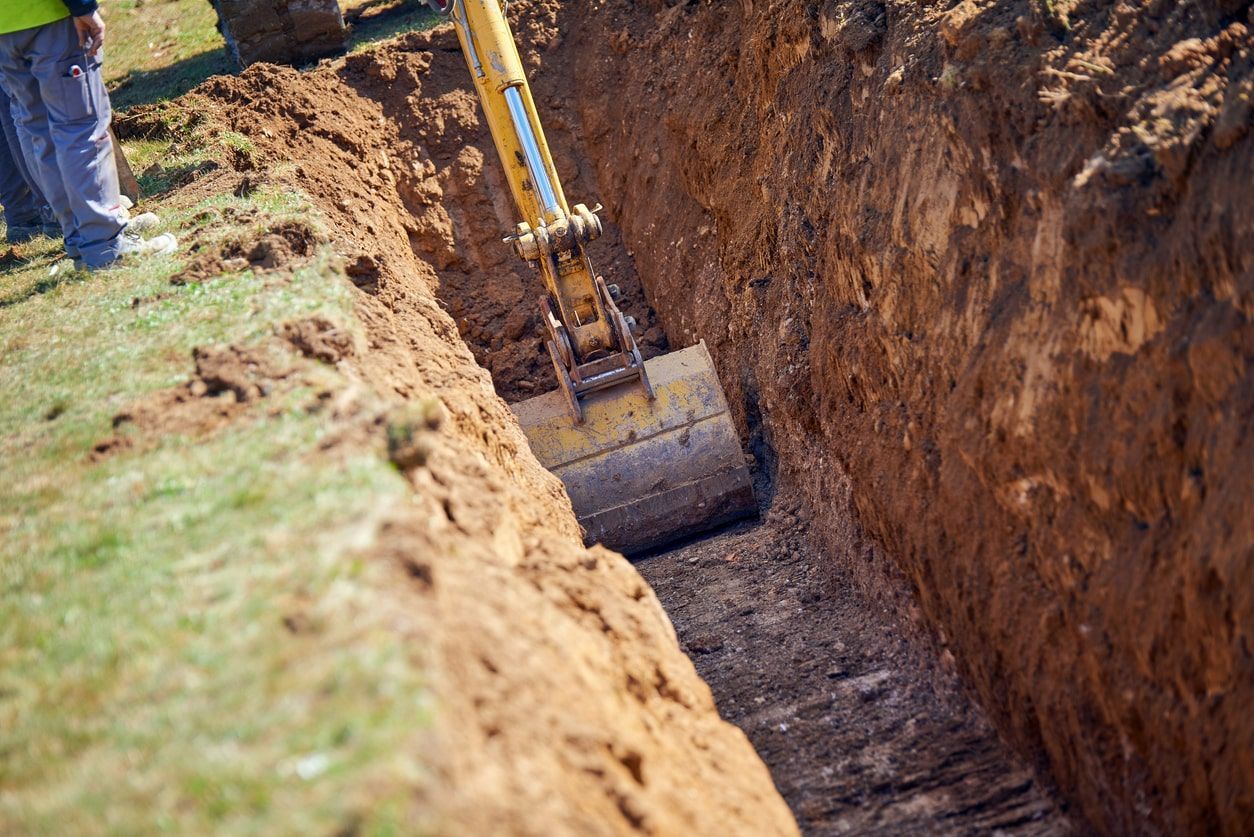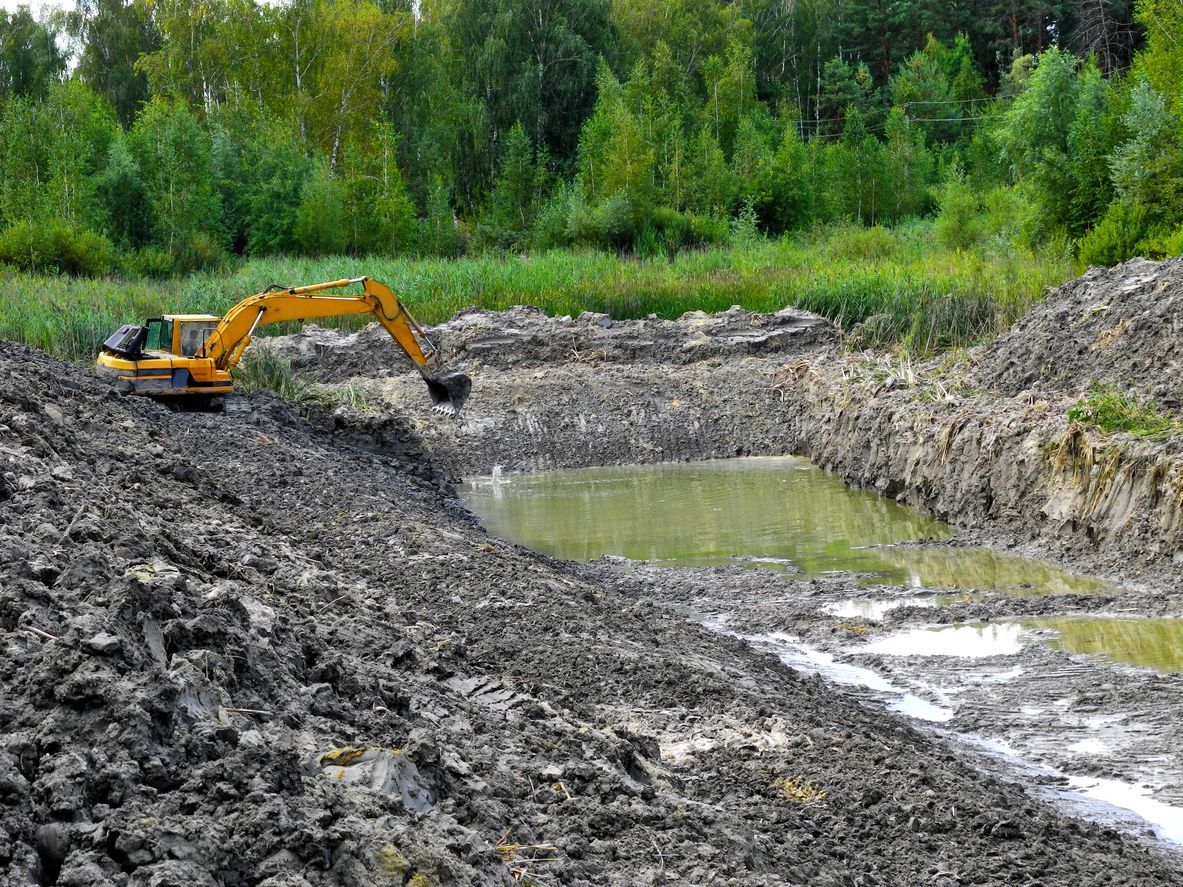Top Huntsville Landscaping
Crafting Home Havens: From Landscaping to Hardscaping
Local, family-run landscaping, excavating, land clearing, and brush removal for your home or business
Serving Huntsville, Madison, Owens Cross Roads, New Market, Hazel Green and more!


Our Specialties

When it comes to landscaping around your home, gravel and rocks can play a significant role in creating a beautiful, low-maintenance outdoor space. With a variety of types and sizes available, it's essential to understand the characteristics and benefits of each to make informed decisions for your landscaping projects. In this blog post, we'll explore the different types of gravel and rock a homeowner might use and provide guidance on why and where to use each one. Pea Gravel Pea gravel is a small, round stone that typically measures between 1/4 and 1/2 inch in diameter. Its smooth texture and uniform size make it a popular choice for various landscaping applications. Benefits: Pea gravel is easy to work with and can be spread evenly. It provides excellent drainage, preventing water from pooling on surfaces. The small size of pea gravel creates a compact, stable surface for walkways and patios. Applications: Pathways and walkways Driveways Drainage areas around foundations Filling spaces between pavers or stepping stones Mulch alternative in garden beds River Rock River rocks are larger, rounded stones that have been smoothed by the action of water over time. They come in a range of sizes, from 1 inch to several inches in diameter, and can add a natural, organic feel to your landscape. Benefits: River rocks are durable and long-lasting, withstanding harsh weather conditions. They can help control erosion on slopes and embankments. The varied sizes and colors of river rocks create an attractive, decorative feature. Applications: Dry creek beds and water features Borders and edging around garden beds Accent pieces in rock gardens Ground cover in areas with minimal foot traffic Crushed Stone Crushed stone, also known as angular gravel, is created by mechanically breaking down larger rocks into smaller pieces. It has a more angular shape compared to pea gravel and river rock, providing better compaction and stability. Benefits: Crushed stone offers excellent drainage properties. The angular shape of crushed stone allows it to lock together, creating a stable base for heavy traffic areas. It is available in a variety of sizes, from fine screenings to large chunks. Applications: Driveway and parking area base material Drainage systems and French drains Substrate for pavers and flagstone patios Erosion control on slopes Decomposed Granite Decomposed granite, or DG, is a type of gravel that consists of finely crushed granite particles. It has a soft, sandy texture and is known for its ability to compact well, creating a firm surface. Benefits: Decomposed granite provides a natural, rustic look to landscaping. It is permeable, allowing water to drain through, reducing runoff and erosion. When properly installed and compacted, DG creates a stable, low-maintenance surface. Applications: Pathways and walkways Patios and outdoor living areas Xeriscaping and low-water landscapes Bocce ball courts and outdoor game areas Lava Rock Lava rock is a lightweight, porous stone that is formed from volcanic lava. It has a unique, textured appearance and comes in a range of colors, including red, black, and gray. Benefits: Lava rock is lightweight, making it easy to work with and transport. The porous nature of lava rock allows for excellent drainage. It can help retain moisture in the soil, benefiting plants in dry climates. Applications: Mulch in garden beds and planters Decorative accent pieces in rock gardens Drainage layers in potted plants Landscaping around water features Cobblestones Cobblestones are larger, rounded stones that are typically 3 to 5 inches in diameter. They have a rustic, old-world charm and can add a unique character to your landscape. Benefits : Cobblestones are extremely durable and can withstand heavy foot and vehicle traffic. They provide a natural, timeless look to outdoor spaces. Cobblestones can be arranged in various patterns to create visual interest. Applications: Driveway aprons and borders Walkway and patio edges Permeable paving systems Decorative accents in garden beds Slate Chips Slate chips are small, flat pieces of slate rock that have been crushed and screened to a uniform size. They have a distinctive, layered appearance and come in shades of gray, blue, and purple. Benefits: Slate chips have a low pH, making them ideal for acid-loving plants. They have a unique, decorative appearance that can elevate the look of your landscape. Slate chips are long-lasting and resistant to fading and deterioration. Applications: Mulch in garden beds and borders Pathway and walkway surfacing Drainage areas and rain gardens Decorative elements in rock gardens and water features Choosing the Right Gravel or Rock When selecting gravel or rock for your landscaping project, consider the following factors: Purpose : Determine the primary function of the area, such as drainage, decoration, or stability. Aesthetics : Choose a type and color that complements your home's architecture and existing landscape. Size : Consider the scale of your project and the appropriate size of gravel or rock needed. Maintenance : Think about the level of maintenance you're willing to commit to, as some types may require more upkeep than others. By understanding the characteristics and benefits of each type of gravel and rock, you can make informed decisions when landscaping around your home. Whether you're creating a functional drainage system, an attractive walkway, or a decorative rock garden, the right choice of gravel or rock can enhance the beauty and functionality of your outdoor space. Remember to prepare the area properly, including excavation, weed barrier installation, and edging, to ensure the longevity and success of your landscaping project. With careful planning and the appropriate use of gravel and rock, you can create a low-maintenance, visually appealing landscape that you'll enjoy for years to come. Need help at your home? 🏡 If it's landscaping you need, there's not much we can't handle. We offer fast, friendly, honest, and reliable service. Contact West Way today and see the difference.
Always personal & professional service.
I'm Matt West, owner of West Way Landworks, and landscaping is my passion.
When you choose us for your landscaping or land clearing needs, you get a local Huntsville, Alabama company with deep roots serving home and business owners in Madison, Jackson, and Marshall counties. We're not a franchise or a chain and we'll treat your property like our own.
Try us and see the difference - literally.
